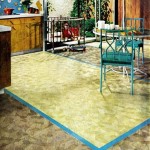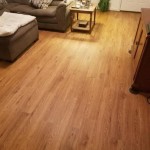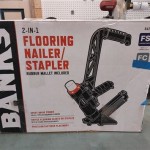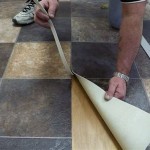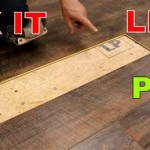Essential Aspects of Best Flooring Particle Board
Particle board, also known as chipboard or low-density fiberboard (LDF), is a widely used material for flooring in both residential and commercial applications. It is composed of wood particles, such as chips, shavings, and sawdust, bonded together with a synthetic resin binder. Particle board offers several advantages as a flooring substrate, including affordability, stability, and sound insulation. However, it is essential to consider the specific qualities and limitations of particle board before installing it in your home or business.
Density and Thickness
The density of particle board is a key factor to consider when selecting a product for flooring. Density is measured in pounds per cubic foot (pcf) and typically ranges from 30 pcf to 60 pcf. Higher density particle board is stronger and more durable, making it better suited for high-traffic areas and heavy loads. It is also more resistant to deflection and sagging.
The thickness of particle board flooring is another important consideration. Standard thickness options include 5/8 inch, 3/4 inch, and 1 inch. Thicker particle board is more stable and provides better sound insulation. However, it is also more expensive than thinner options.
Grade and Quality
Particle board is graded according to its quality, with grades ranging from P1 to P5. P5 particle board is the highest grade, indicating the best quality and performance. Higher graded particle board is more durable, moisture-resistant, and less likely to warp or buckle. It is also more expensive than lower graded options.
Environmental Considerations
When selecting particle board flooring, it is essential to consider environmental factors. Look for products that are certified by third-party organizations, such as the Forest Stewardship Council (FSC) or the Sustainable Forestry Initiative (SFI), to ensure that they are sourced from sustainably managed forests. Also, choose products that have low formaldehyde emissions, as formaldehyde can be harmful to indoor air quality.
Installation and Maintenance
Particle board flooring is relatively easy to install. It can be nailed, stapled, or glued to the subfloor. However, it is important to follow the manufacturer's instructions carefully to ensure proper installation. Particle board flooring requires minimal maintenance. Regular sweeping, vacuuming, and damp mopping is sufficient to keep it clean. Avoid using harsh chemicals or abrasive cleaners, as these can damage the surface.

Subfloor Options Osb Vs Particle Board New Floors Inc

Particle Board Flooring Durable Building Material

What Is A Particle Board Are Its Diffe Types

Particle Board What Is It Types Costs And Benefits For Interior Design

7 Uses Of Particle Board In Building Industry

Particle Board Flooring Durable Building Material

Diy Painted Osb Floors Mmmm Teal Dans Le Lakehouse

7 Uses Of Particle Board In Building Industry

Particle Board Melbourne Cabinet Timbers

Best Of Particle Board With Laminated Melamine Faced Plain China Made In Com
Related Posts


